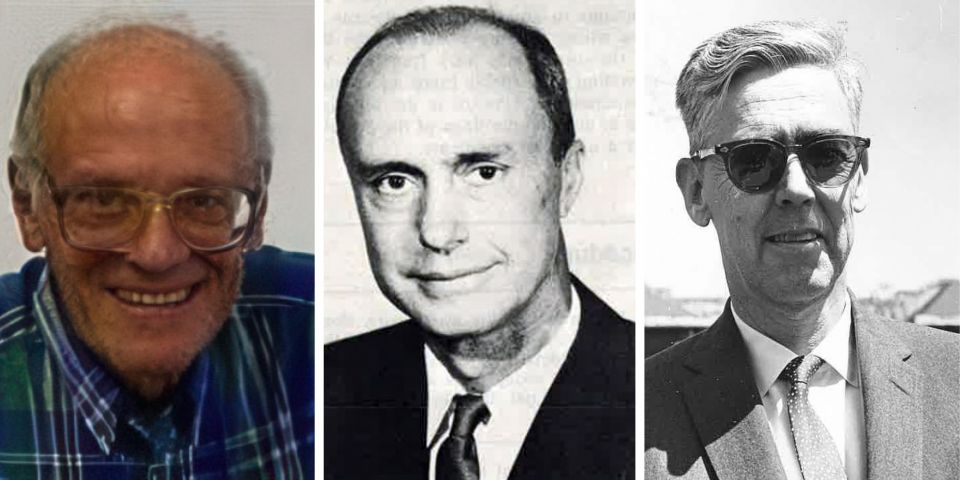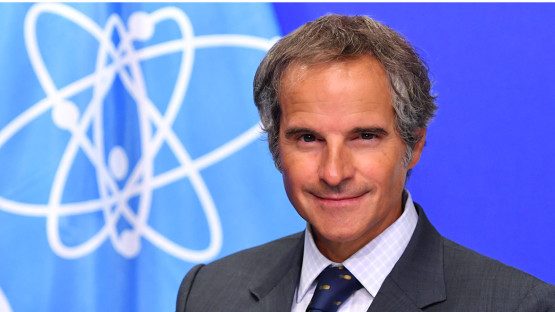The best name: The name of the organization generated considerable discussion in 1954. Among the other titles suggested were the Society of Nuclear Engineering, American Society of Nuclear Technology, Institute of Nuclear Engineering, Association of Nuclear Engineers, Association of Nuclear Science and Technology, and Society of Nuclear Scientists and Engineers. Ultimately, in October 1954, the name American Nuclear Society won the day–and the decades.
In the mid-to-late 1950s, ANS was already putting in place many of the elements that still make up the organization. In June 1955, ANS held its first Annual Meeting and elected its first president, in March 1956 launched its first journal (Nuclear Science and Engineering), and in November 1956 formed its Standards Committee. By the end of the 1950s, ANS had three professional divisions, 14 local sections, and 11 student branches.
Rapid growth: During the 1960s, ANS grew rapidly, driven in no small part by the construction of many nuclear plants in the United States and elsewhere for generating electricity. Growth was also driven by the research into the technology for a variety of other uses, from aerospace to merchant ships to medicine. By the end of the 1960s, ANS had 12 divisions, 28 local sections, 40 student branches, three periodicals (two journals and a magazine), and was running two national meetings and several topical meetings each year.
Through the years: Each succeeding decade has brought changes both to ANS and to nuclear science and technology. In the 1970s, ANS became even more international minded than it already was, and took its first formal steps in outreach activities.
The 1980s became a time of focus on operating the plants. Since there were no new U.S. plant orders, an increased emphasis was placed on radioactive waste management--the U.S. federal government enacted major legislation about both low- and high-level wastes and ANS started its Fuel Cycle and Waste Management Division.
In the 1990s, amid consolidation in the industrial area, ANS increased its visibility in Washington, D.C., carried out its first professionally directed strategic planning, and worked on shoring up the supply of qualified people for the nuclear field.
Headquarters: While ANS is national and international in its scope, its headquarters is located in La Grange Park, Illinois (about 10 miles from downtown Chicago). It did not start there, however. As with many associations, ANS moved around during its early years. ANS's first "home" was in space provided by the Oak Ridge Institute of Nuclear Studies in Tennessee. In 1958, the headquarters was moved to small offices in downtown Chicago, and in 1964 the headquarters was moved to larger offices spaces in Hinsdale, Illinois.

Headquarters
Finally, in 1977 the Society moved to its own headquarters building (owned by ANS) in La Grange Park.
Today: ANS has made, and continues to make, important contributions to the use of nuclear science and technology, and consequently to the larger society beyond ANS. It achieves this through its many products and services, including meetings, publications, standards, outreach, honors and awards, scholarships, teachers workshops, Organization Members, and representation in Washington, D.C.
ANS continues to be a professional organization of scientists, engineers, and other professionals devoted to the peaceful applications of nuclear science and technology. Its more than 10,000 members, from 50+ countries, come from diverse technical disciplines ranging from physics and nuclear safety to operations and power, and from across the full spectrum of the national and international enterprise, including government, academia, research laboratories, and private industry.
Making it all succeed are a Board of Directors, standing committees, professional divisions, local sections, student sections, liaison agreements with non-U.S. nuclear societies, and a headquarters staff.








